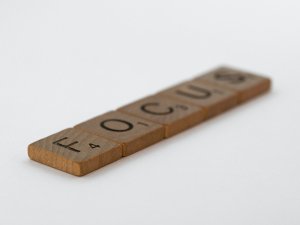What is Phonics?
Author: Brian Bowman
Date Published: 26 April 2023
Phonics is a method of teaching children to read by teaching them the sounds of letters and letter combinations. Phonics teaches children how to decode words by breaking them down into their individual sounds, or phonemes. Once children have learned the sounds of the letters and letter combinations, they can blend those sounds together to read words. Phonics instruction also includes teaching children to recognize sight words, which are words that cannot be decoded using phonics.

Why is Phonics Important?
Phonics is important because it is one of the most effective ways to teach children to read. Children who learn phonics are better able to read and write words, and they have better spelling skills. Phonics instruction can also improve children's comprehension skills by helping them to read more fluently and accurately.
In addition, phonics instruction is important because it is the foundation for reading and writing. Without a solid understanding of phonics, children may struggle to decode words and spell them correctly. By learning phonics, children develop the skills they need to become successful readers and writers.
How to Teach Phonics Effectively
There are several effective strategies for teaching phonics. Here are some tips for teaching phonics to children:
Start with the basics: Begin by teaching children the sounds of the letters in the alphabet. Once they have mastered the sounds of the individual letters, introduce letter combinations, such as digraphs (two letters that make one sound) and blends (two letters that make two distinct sounds).
Use multisensory instruction: Children learn best when they are engaged in hands-on activities that involve multiple senses. For example, you can use letter tiles, sandpaper letters, or magnetic letters to teach children the sounds of the letters.
Teach phonics in context: Teach phonics in the context of real words, rather than isolated sounds. For example, you can teach the "ch" sound by reading words like "chip" and "chop."
Provide plenty of practice: Children need plenty of practice to master phonics skills. Provide opportunities for children to read and write words using the sounds they have learned.
Use a systematic approach: Use a systematic approach to teaching phonics, starting with the most basic skills and building on those skills over time. Use a structured phonics program or a set of phonics-based reading books to guide your instruction.
In addition to the strategies mentioned above, there are a few other considerations to keep in mind when teaching phonics.
One important consideration is to make sure that phonics instruction is developmentally appropriate. Young children may not be ready to learn all of the letter sounds at once, and may need to start with just a few letters and sounds before moving on to more complex skills. Similarly, children with learning differences or delays may need a more individualized approach to phonics instruction.
Another consideration is to make sure that phonics instruction is balanced with other reading strategies. While phonics is an important part of learning to read, it is not the only strategy that children need to become successful readers. Children also need to develop fluency, comprehension, and vocabulary skills, as well as a love of reading.
Finally, it is important to remember that phonics instruction is just one part of a larger literacy program. Children need to be exposed to a wide variety of books and other reading materials, and they need opportunities to engage in meaningful reading and writing activities. By creating a rich literacy environment, you can help children develop a love of reading and a strong foundation for lifelong learning.
Conclusion
Phonics is an effective method for teaching children to read. By teaching children the sounds of letters and letter combinations, they can more easily learn to decode words and become successful readers and writers. Phonics instruction should be systematic, multisensory, and focused on providing plenty of practice. By using these strategies, you can help children develop the skills they need to become successful readers and writers.
